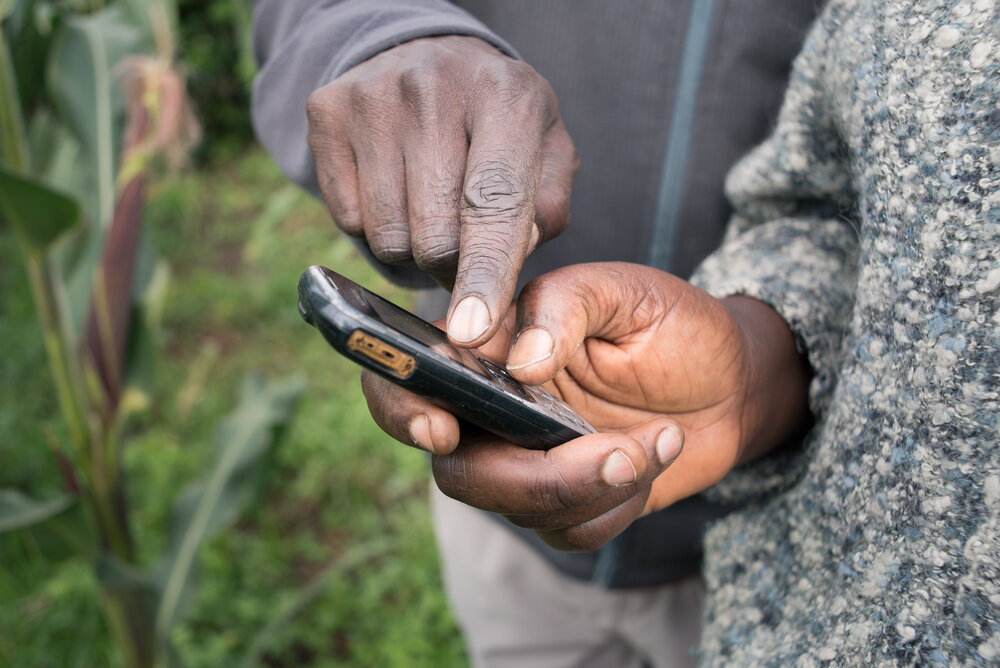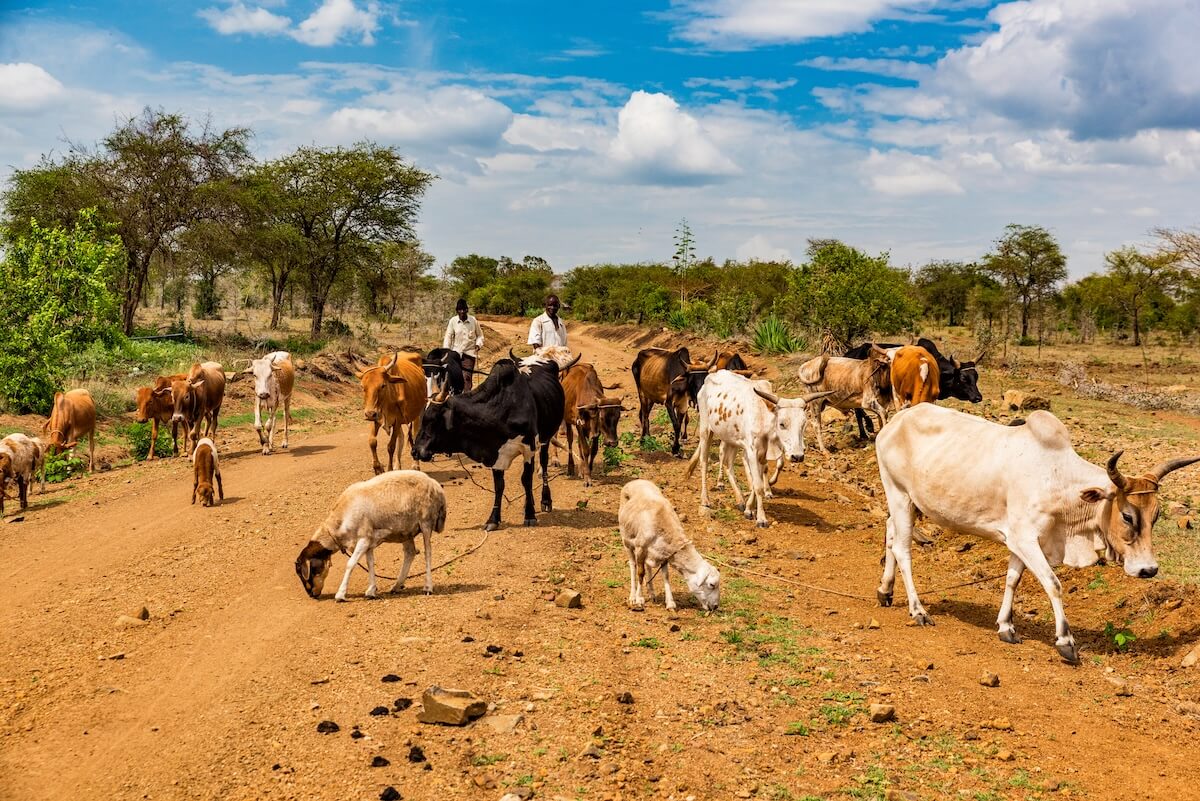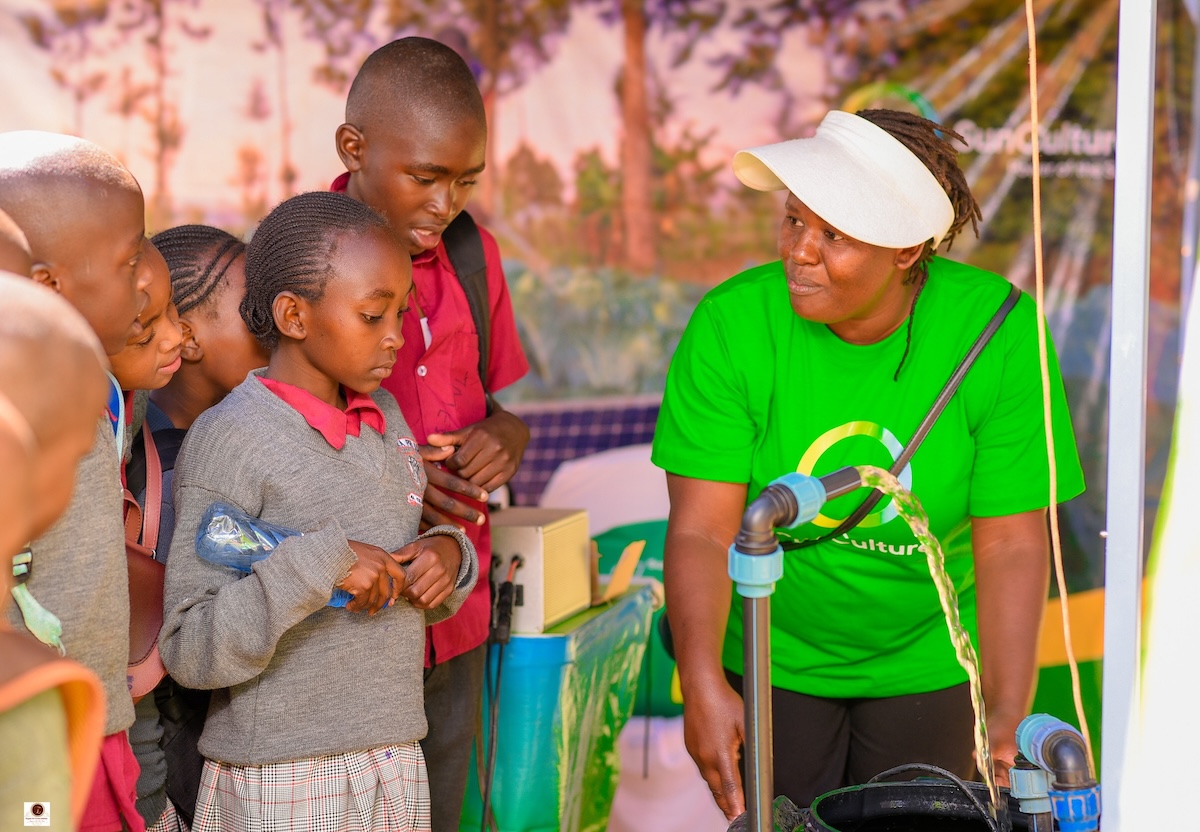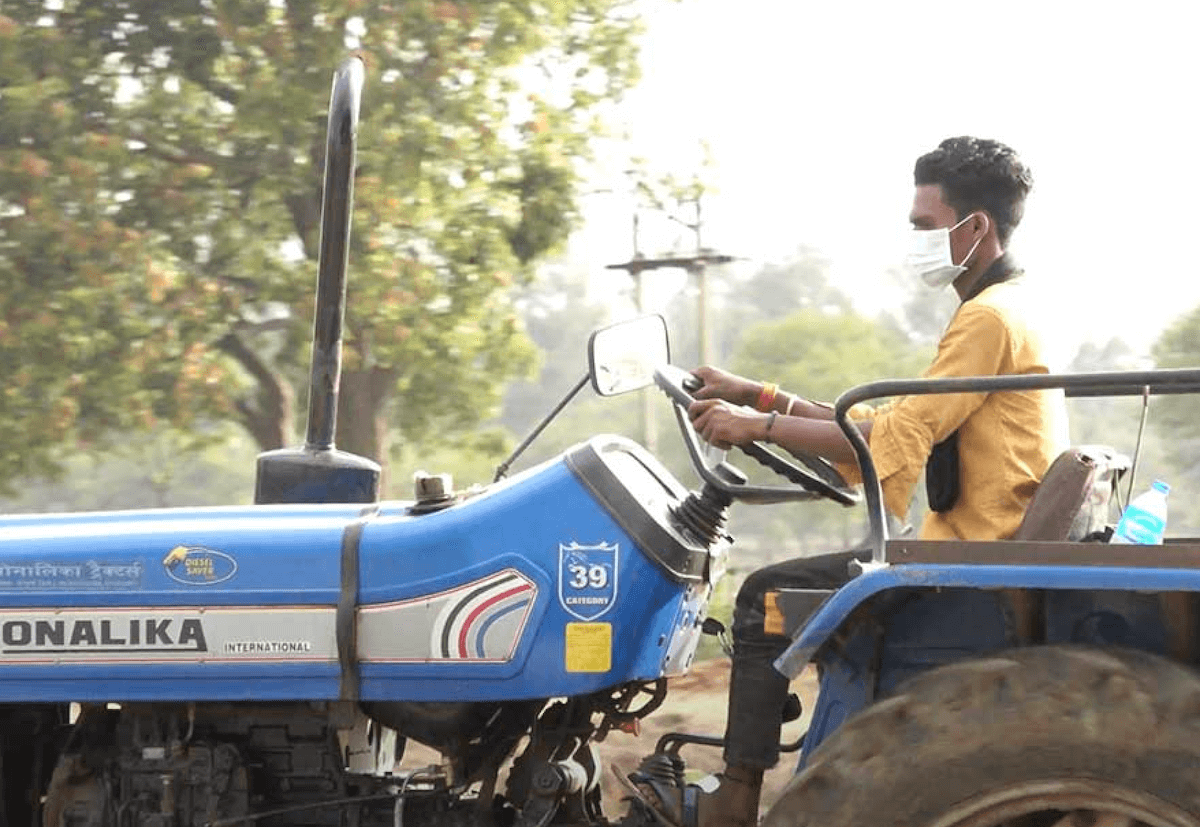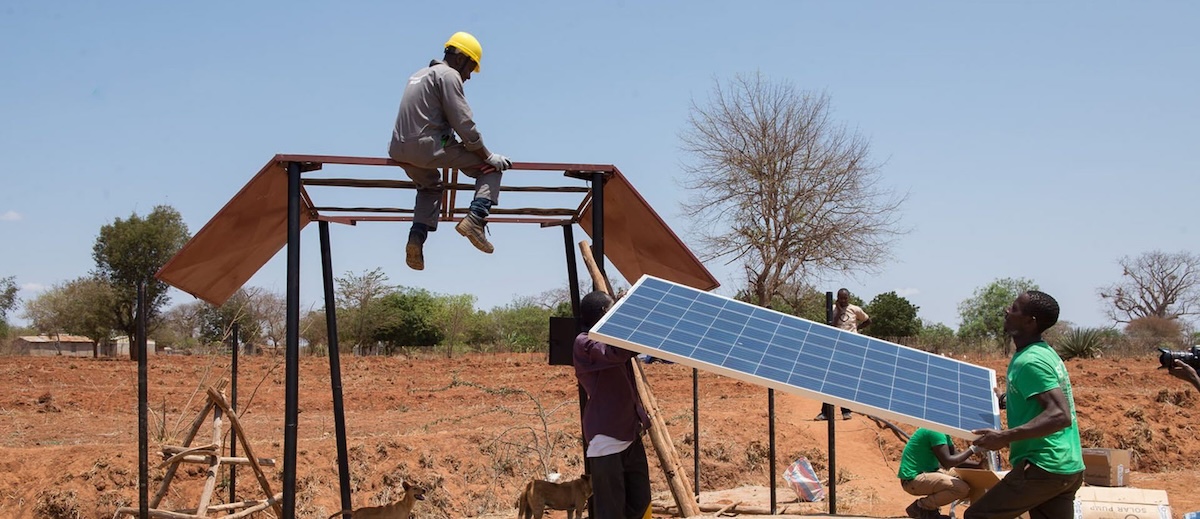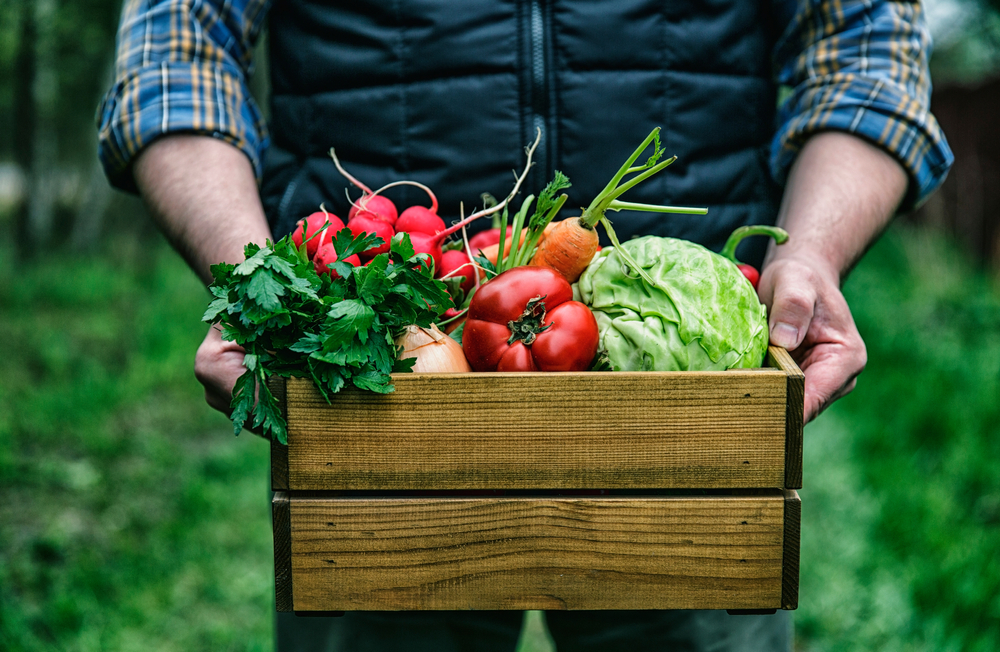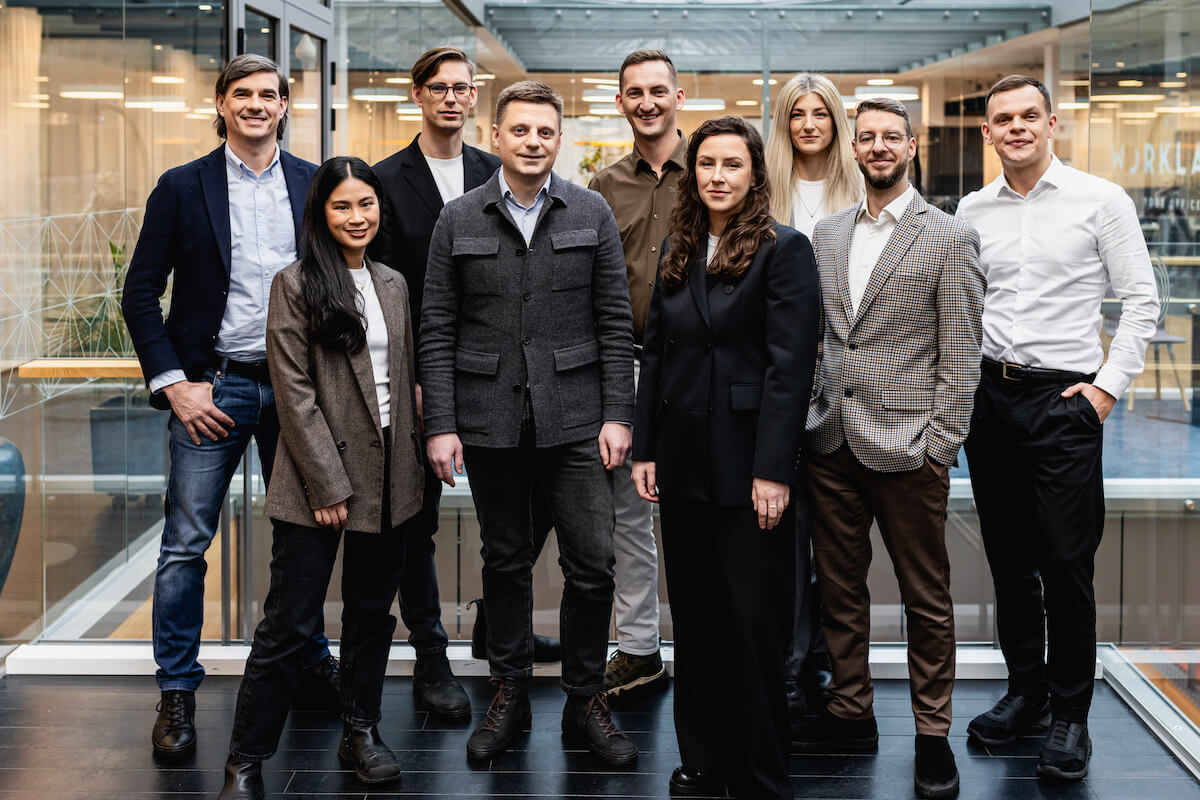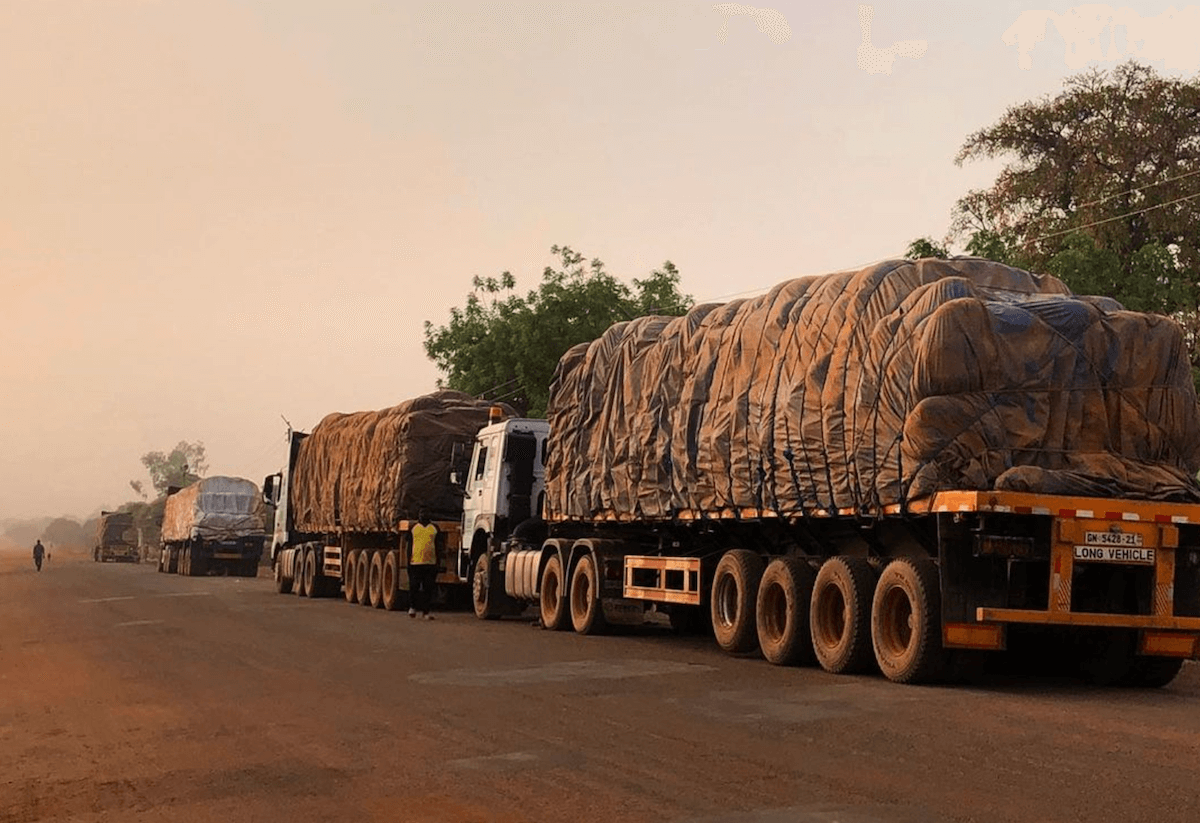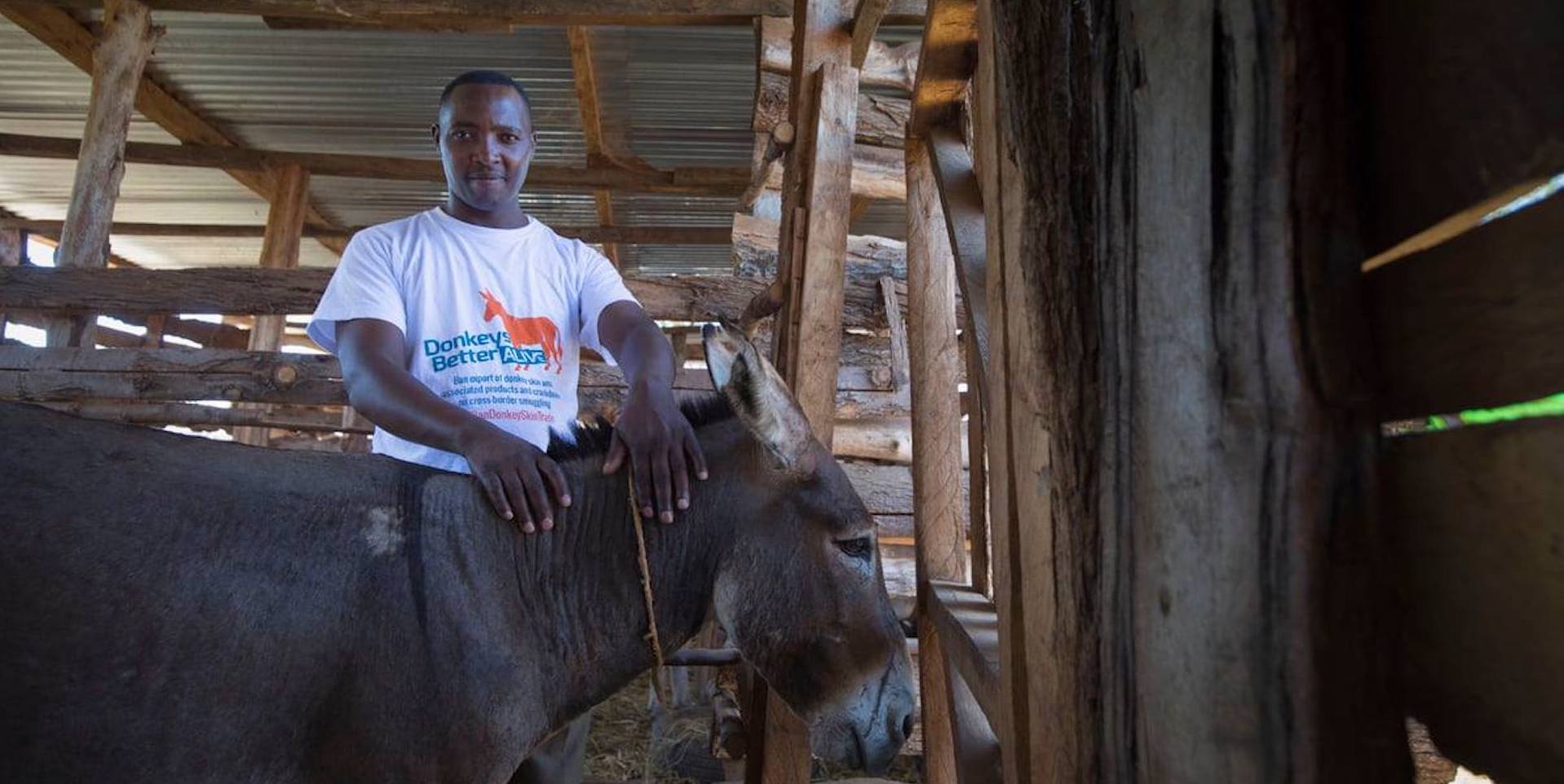ImpactAlpha, March 31 – Smallholder farmers have long been the darling of development specialists, microfinance institutions and impact investors. Now, commercial investors are betting on smallholder farmers as well.
What’s new: tech-enabled business models that sew together fragmented input distribution, financing and information chains.
Nairobi-based Apollo Agriculture supports more than 70,000 smallholder maize farmers across Kenya using simple apps and feature-phone services to educate farmers about new seed varieties and more profitable crops. Apollo this month raised $40 million in a Series B round to provide maize farmers with access to better seeds, fertilizers, training and financing as a means to boosting their incomes.
“When you mention smallholder farmers, people think these are very poor people. Investors think that with smallholder farmers, you’ll never be able to make money,” Apollo’s co-founder, Benjamin Njenga, tells ImpactAlpha.
“Farmers are not poor people. They’re actually very rich, because they have land. Land is a resource that they can use to make money. What they don’t have is the right support and the right training to do that.”
The company is looking to reach 200,000 of Kenya’s roughly four million smallholder farmers this year. Apollo partners with agri-input distributors and insurance tech companies, such as Pula, to ease farmers’ logistical and financial burdens of trying out new seeds, crops and other technologies.
“If you bundle inputs with financing so that farmers can afford the inputs during planting, those farmers are able to double or triple their production,” Njenga says. “When you look at Africa, farmers are still producing way less—like 10% to 20% of what U.S. farmers are producing. And the reason is that farmers can’t access the tools they need, which are high quality seeds, fertilizer and advice.”
Companies that want to help Africa’s smallholder farmers become more productive and profitable have to solve numerous pain-points in the agrifood value chain, including access to inputs, financing and markets, in order to gain traction and positively impact farmers’ livelihoods.
In Nigeria, ThriveAgric secured more than $56 million in debt to give farmers access to capital and global markets and help store goods in its more than 450 warehouses so they can sell at premium prices. AFEX launched a commodities exchange to help farmers sell their products, and offers access to inputs, storage facilities and credit to boost farmers’ climate resilience. Agricorp, also in Nigeria, centers its platform around agronomic services for spice farmers, while offering inputs and credit through partners.
In Ghana, Complete Farmer is using crowdfunding to get farmers’ access to financing to buy inputs and get their products to market after harvest.
Apollo’s Njenga says such models, while complex, have proven out in markets like Kenya and India. He spoke to ImpactAlpha before the company’s recent financing about the Apollo’s vision for improving smallholder farmers’ livelihoods and proving that commercial farming in Kenya is possible.
ImpactAlpha: Apollo’s vision is to advance the commercialization of Africa’s farmers, the overwhelming majority of whom are very small-scale and fragmented. What does commercial farming look like when most people are tilling an acre of land or less?
Njenga: The way I look at commercial farming, I define it by the level of investment in the farm and not the size of the farm.
If you’re a farmer doing one acre of maize and you’re investing 20,000 shillings [per season], you’re probably small-scale. But if you’re doing one acre of potatoes, you’re having to invest almost 10-times that amount. Growing potatoes is a huge investment, but you can earn a lot of money. And you can earn money in three months instead of six.
How can we help farmers using the same plot of land grow more profitable and commercial crops? Our biggest strategy is to transition farmers from subsistence to commercial farming by planting high-profit crops like potatoes, tomatoes, sorghum, so they can make more money.
ImpactAlpha: How easy is it to convince farmers to adopt new technologies or start planting new crop varieties altogether?
Njenga: These farmers have been farming for years, so they have specialized skills. But they are still using old technologies. Farmers aren’t very digital. Many still don’t have smartphones. They still have feature phones. And they don’t readily trust people.
The reason they take time to change is because there is no way they will just gamble with the growing season. For many farmers, the farm is their source of income for food and for their kids to go to school.
My mom is a farmer in Naivasha. The growing season is everything for her. I had to go and plant on our farm for my mom to see how I want her to change her farming practices. She has seen results, but the behavior change is difficult. Also, new technology is expensive. That’s why farmers are still planting old seed varieties when we have new varieties that are more drought-tolerant.
What we are saying to farmers is, “You have half an acre, could you plant a quarter of an acre of your normal seeds, and a quarter of an acre of a new variety? We will finance you and train you, and then you’ll see.” They won’t gamble their whole season.
ImpactAlpha: Given the tech adoption challenges, and that farmers are very spread out and hard to reach, how is Apollo able to affordably acquire customers and provide access to inputs and financing?
Njenga: What we have seen working is the use of technology to access alternative data to understand the customer—the use of machine learning, for example, and the use of mobile phones and mobile money to lower transaction and acquisition costs. That makes it possible to reach these farmers scalably and profitably.
We market to and acquire customers through radio, road shows and referrals – 60% of our customers come from referrals.
Once a farmer applies for a loan, we send an agent to go out and confirm their land size and do geo-tagging. It’s very physical, but we have borrowed from the Uber model to make it more of a variable cost. We know where the agent is. We know where the farmer is. We send the task to their agent, they go do the work. Machine learning checks to make sure the data is quality, and then we pay the agent by M-Pesa.
These agents, when they’re on the ground, they’re our boots. They act as the physical touch-point to acquire customers. Farmers want physical contact.
Our technology works with feature phones, but it’s sophisticated on the backend. Our credit model and the payment models are fully automated. How we do last-mile [input] distribution is also fully automated through apps. We have local (agrovet supply store) partners in the villages, and we onboard them through an app. Then we send farmers an SMS to go to the nearest agrovet where they are able to use a voucher to get their inputs. Then we pay the partners automatically through M-Pesa.
For training, we package audio-trainings that farmers can listen to on their feature phones. We can localize those into local languages, too.
All of these automated operations have kept the cost of acquisition and servicing costs low and allows us to deliver these products to smallholder farmers in a scalable and profitable way.
ImpactAlpha: You’ve said that access to financing is a critical barrier to improving farmers’ livelihoods. There are so many fintech companies now trying to reach underserved populations. Is farmer financing improving?
Njenga: Credit access for smallholder farmers is still not available. Most fintech ventures are in the urban sector: Tala, Branch, for example, are doing consumer financing.
Financing farmers doesn’t work if you’re approaching it from a more conventional business model because of the high-servicing and acquisition costs—and the low values. You need almost 3,000 smallholder farmers in Kenya to match the revenue of one farmer in the central U.S. That is why most businesses and traditional banks haven’t been able to extend the credit needed to smallholder farmers.
ImpactAlpha: Kenya has such a diversity of agriculture products: tea, coffee, corn, flowers, fish. Why did Apollo choose to specialize first in maize?
Njenga: We started with maize farmers not because maize is the most profitable crop, but it’s what every farmer is doing. Telling someone who has been growing maize for 20 years to grow something else isn’t easy. You need to first build trust to help farmers transition to more profitable crops.
There are people who can be commercial farmers. With the data we are collecting, we believe we know who can make that transition.

